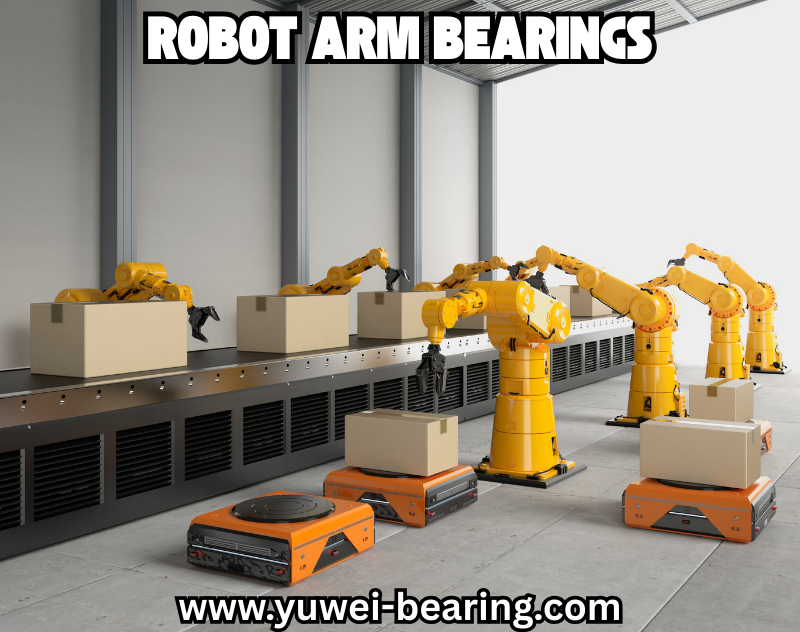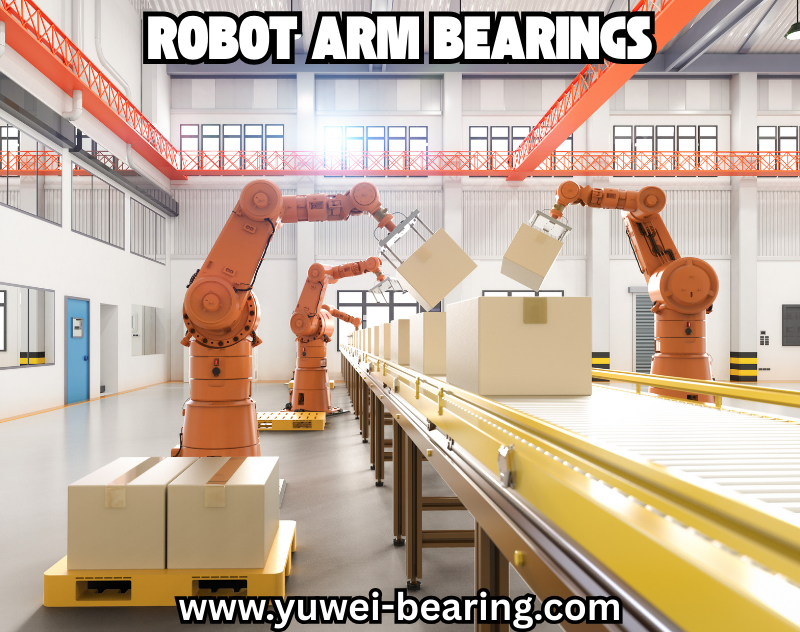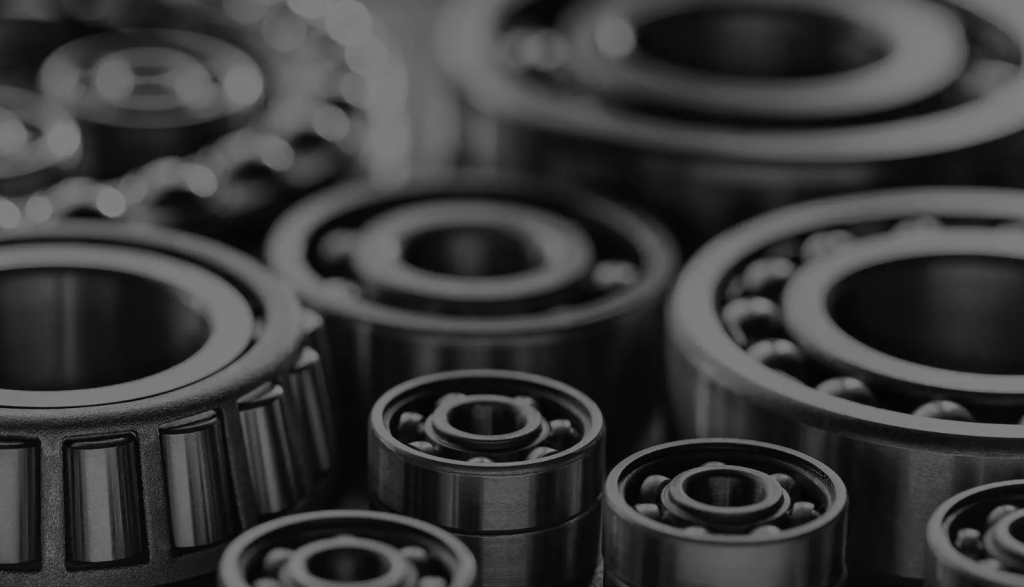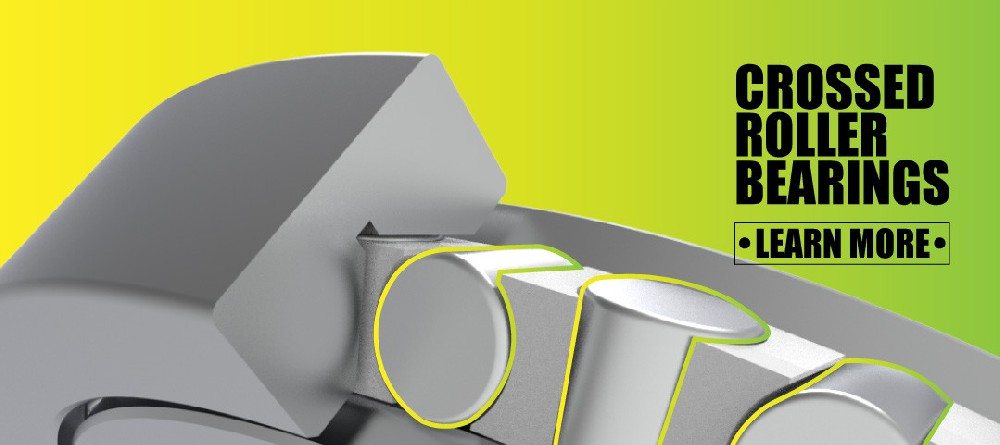In robotics, precision is not optional—it is the foundation of performance, efficiency, and reliability. Every movement of a robot arm relies on the smooth operation of its mechanical components, with robot arm bearings playing a central role. These bearings allow rotation and linear motion, reduce friction, and support loads, ensuring that the arm can move exactly as intended. Without high-precision bearings, even advanced robots can experience backlash, vibration, or inconsistent positioning, which can compromise accuracy and productivity.
The performance of industrial robots, collaborative robots, and automated machinery depends heavily on the quality and precision of the bearings used. From repetitive assembly tasks to delicate surgical operations, the smallest deviation can have significant consequences. Selecting the right bearing type, maintaining it properly, and understanding its impact on accuracy are essential for engineers and robotics enthusiasts alike.
Robot Arm Bearings How High Precision Boosts Robot Accuracy

In this guide, we will explain the role of robot arm bearings, how high precision improves accuracy, the types of bearings available, maintenance practices, common mistakes, and emerging trends to help optimize robotic performance.
High precision is crucial in robotics. One of the main components influencing this is robot arm bearings. Bearings allow smooth motion, reduce friction, and maintain stability in robotic arms. Precision in these bearings ensures that robots perform tasks accurately, reliably, and efficiently. This post will explore robot arm bearings, their types, maintenance, impact on accuracy, and future trends, providing a detailed guide for engineers and robotics enthusiasts. Visit here!
Understanding Robot Arm Bearings
Robot arm bearings are mechanical components designed to support and guide motion in robotic arms. They enable rotation or linear movement between parts while minimizing friction and wear. Bearings are the joints of a robotic arm, ensuring smooth motion and consistent positioning.
Key Functions of Robot Arm Bearings:
- Reduce friction: Bearings minimize resistance between moving parts, allowing smoother motion.
- Support load: Bearings bear both radial and axial loads, ensuring mechanical stability.
- Maintain alignment: Proper alignment ensures accurate movement of robotic arms.
- Enhance durability: Bearings reduce wear on the arm components, extending the lifespan of the robot.
Types of Motion Supported:
- Rotational: Allows rotation around a fixed axis.
- Linear: Enables straight-line movement along a track or guide.
- Combined motion: Some bearings support both rotational and axial movement simultaneously.
Understanding the role of robot-arm-bearings is fundamental to improving robot performance. Selecting the right bearing type and quality directly affects the arm’s operational efficiency.
Why Bearing Precision Matters
Bearing precision is a measure of how closely a bearing conforms to design specifications, including roundness, dimensions, and tolerance. Higher precision bearings result in better control and reliability of robotic arms.
Reasons Bearing Precision is Important:
- Accuracy in Motion: High-precision bearings reduce deviation in movement, allowing the robotic arm to reach exact positions.
- Consistent Repeatability: Bearings with minimal tolerance variations ensure repeated movements are identical, which is crucial in manufacturing or assembly tasks.
- Reduced Wear and Tear: Precision reduces uneven stress on components, decreasing the likelihood of premature failure.
- Lower Friction: Bearings with smooth surfaces allow consistent movement without jerks or vibrations.
High precision in robot arm bearings ensures reliable and accurate performance across multiple tasks, increasing efficiency and productivity.
How Bearing Precision Impacts Robot Accuracy
Robot accuracy is determined by multiple factors, and bearings play a central role. The mechanical integrity provided by bearings influences positioning, speed, and reliability.
Key Impacts on Accuracy:
- Load Distribution: Bearings evenly distribute weight, reducing deflection and deviation.
- Minimized Backlash: Precision bearings reduce play between parts, avoiding positional errors.
- Thermal Stability: High-precision bearings expand less under heat, maintaining consistent positioning.
- Friction Control: Reduced friction prevents overshooting or lag in movement.
- Vibration Reduction: Smooth, precise bearings reduce oscillation during motion, improving accuracy.
Ensuring high precision in robot arm bearings is essential for applications where even a small positional error can affect performance.
Types of High-Precision Bearings for Robot Arms
Selecting the right bearing type is crucial for achieving optimal robot arm accuracy. Here’s a detailed guide:
| Bearing Type | Features | Best Applications | Precision Level |
|---|---|---|---|
| Angular Contact | Supports axial & radial loads, high stiffness | Multi-axis industrial robots | High |
| Crossed Roller | Excellent stiffness, minimal radial runout | Collaborative & surgical robots | Very High |
| Ceramic Hybrid | Reduced friction, lightweight, long life | High-speed robotics | High |
| Deep Groove Ball | Simple design, moderate load capacity | Light-duty robots | Medium |
Considerations When Choosing Bearings:
- Load requirements: Ensure the bearing can handle both radial and axial loads.
- Speed and duty cycle: High-speed applications may require ceramic or hybrid bearings.
- Precision tolerance: Higher precision reduces motion error.
- Environmental conditions: Dust, temperature, and humidity can affect bearing performance.
High-precision robot arm bearings are a key factor in achieving reliable and accurate motion for robotic applications.
Maintenance Practices to Preserve Precision
Maintaining robot arm bearings ensures long-term accuracy and reduces operational issues.
Essential Maintenance Practices:
- Proper Lubrication: Use recommended grease or oil; under-lubrication increases wear, while over-lubrication can trap debris.
- Alignment Checks: Misaligned bearings reduce precision; inspect alignment regularly.
- Temperature Monitoring: Bearings expand under heat; monitoring prevents dimensional errors.
- Clean Environment: Dust or metal particles can degrade bearing surfaces; consider sealed bearings where possible.
- Regular Inspection: Check for signs of wear, noise, or vibration to prevent failure.
Regular maintenance helps robot arm bearings retain their precision, ensuring consistent performance over time.

Common Mistakes That Affect Bearing Accuracy
Even high-quality bearings can lose effectiveness if handled incorrectly. Common mistakes include:
- Using low-grade bearings: Leads to increased backlash and errors.
- Ignoring load specifications: Overloading bearings reduces life and precision.
- Poor installation: Misalignment can cause uneven load distribution and vibration.
- Neglecting lubrication: Dry bearings increase friction, reducing repeatability.
- Ignoring environmental effects: Dust, moisture, and temperature can degrade performance.
Avoiding these mistakes ensures robot arm bearings maintain their intended accuracy and reliability.
How Precision Bearings Influence Robot Applications
High-precision robot arm bearings impact several industries:
Manufacturing:
- Improved assembly accuracy
- Reduced rework and product defects
- Increased throughput
Medical Robotics:
- Stable, smooth motion for surgical procedures
- Sub-millimeter positioning
Electronics:
- Accurate PCB assembly
- Reduced component placement errors
Logistics Automation:
- Precise picking and placing
- Higher efficiency and reduced waste
In every application, robot-arm-bearings directly influence performance, productivity, and reliability.
Measuring Bearing Precision and Robot Accuracy
Monitoring the performance of robot arm bearings ensures they meet operational requirements.
Key Measurement Metrics:
- Radial Runout: Measures deviation from perfect rotation; lower values indicate higher precision.
- Axial Play: Small movement along the axis can cause errors; high-precision bearings minimize this.
- Repeatability Tests: Measures consistency in reaching a specific position.
- Thermal Testing: Ensures accuracy under varying temperatures.
| Metric | Description | Importance |
|---|---|---|
| Radial Runout | Deviation from rotation axis | Reduces wobbling |
| Axial Play | Movement along axis | Minimizes backlash |
| Repeatability | Consistency in positioning | Ensures accuracy |
| Thermal Expansion | Deviation due to heat | Maintains dimensional stability |
High-precision robot arm bearings are essential for maintaining consistent, reliable motion across all operating conditions.
Cost vs. Benefit Analysis
Investing in high-precision robot arm bearings may cost more upfront but offers long-term advantages.
| Aspect | Standard Bearings | High-Precision Bearings | Impact |
|---|---|---|---|
| Cost | Low | Higher | Initial investment increases |
| Accuracy | ±0.1–0.2 mm | ±0.01–0.05 mm | Fewer positional errors |
| Maintenance | Frequent | Less frequent | Reduced downtime |
| Lifespan | Shorter | Longer | Lower replacement cost |
| Productivity | Standard | Higher | Better throughput |
Higher precision leads to fewer errors, longer life, and better efficiency, making robot-arm-bearings a key investment for performance-driven robotics.
Choosing the Right Robot Arm Bearings
Selecting the appropriate robot arm bearings involves careful evaluation.
Factors to Consider:
- Load Capacity: Match bearings to expected radial and axial loads.
- Speed Requirements: High-speed robotics may require hybrid or ceramic bearings.
- Precision Rating: Choose bearings that meet accuracy and repeatability targets.
- Environmental Conditions: Dust, moisture, and temperature can affect performance.
- Cost vs. Performance: Balance budget with precision needs to maximize ROI.
Proper selection ensures that robot arm bearings deliver optimal accuracy, reliability, and longevity.
Future Trends in Robot Arm Bearings
The robotics industry is evolving, and robot-arm-bearings are advancing alongside it.
Emerging Trends:
- Ceramic Bearings: Lighter, harder, and lower friction, suitable for high-speed applications.
- Smart Bearings: Equipped with sensors for real-time monitoring of temperature, load, and vibration.
- Sealed Bearings: Reduce maintenance requirements while maintaining precision.
- Customized Bearings: Designed for specific robotic applications using advanced manufacturing techniques.
These trends indicate that robot arm bearings will continue to play a crucial role in improving accuracy, efficiency, and reliability in future robotic systems.
FAQs on Robot-Arm-Bearings
Q1: Why are robot arm bearings important?
A1: They support motion, reduce friction, maintain alignment, and ensure accurate, reliable robot performance.
Q2: What types of bearings are best for high-precision robots?
A2: Angular contact, crossed roller, and ceramic hybrid bearings are preferred for high-accuracy applications.
Q3: How does bearing precision affect robot accuracy?
A3: Higher precision reduces backlash, vibration, and friction, improving positioning and repeatability.
Q4: How often should robot arm bearings be maintained?
A4: Regular inspections, lubrication, and alignment checks are recommended depending on usage intensity.
Q5: Can environmental conditions impact bearing performance?
A5: Yes, dust, moisture, and extreme temperatures can reduce bearing precision and lifespan.

Conclusion
High-precision robot arm bearings are a critical component in ensuring the accuracy, reliability, and efficiency of robotic systems. They serve as the foundation for smooth motion, consistent repeatability, and effective load handling, directly influencing the performance of industrial robots, collaborative robots, and automated machinery. Choosing the right bearing type, whether it’s angular contact, crossed roller, or ceramic hybrid, can make a significant difference in minimizing errors, reducing friction, and maintaining stability during complex operations.
Maintenance and proper handling are equally important, as even the highest-quality bearings can lose their precision if misaligned, overloaded, or exposed to harsh environmental conditions. By implementing regular lubrication, alignment checks, and monitoring performance, robotics engineers can extend the life of the bearings while ensuring that the robot arm operates at peak accuracy.
As technology advances, innovations such as smart bearings, sealed designs, and customized solutions continue to enhance precision and performance. Investing in high-precision robot-arm-bearings not only improves immediate operational accuracy but also increases productivity, reduces downtime, and provides long-term value. Precision in bearings is, therefore, an essential step toward superior robotic performance and consistent, reliable results.

